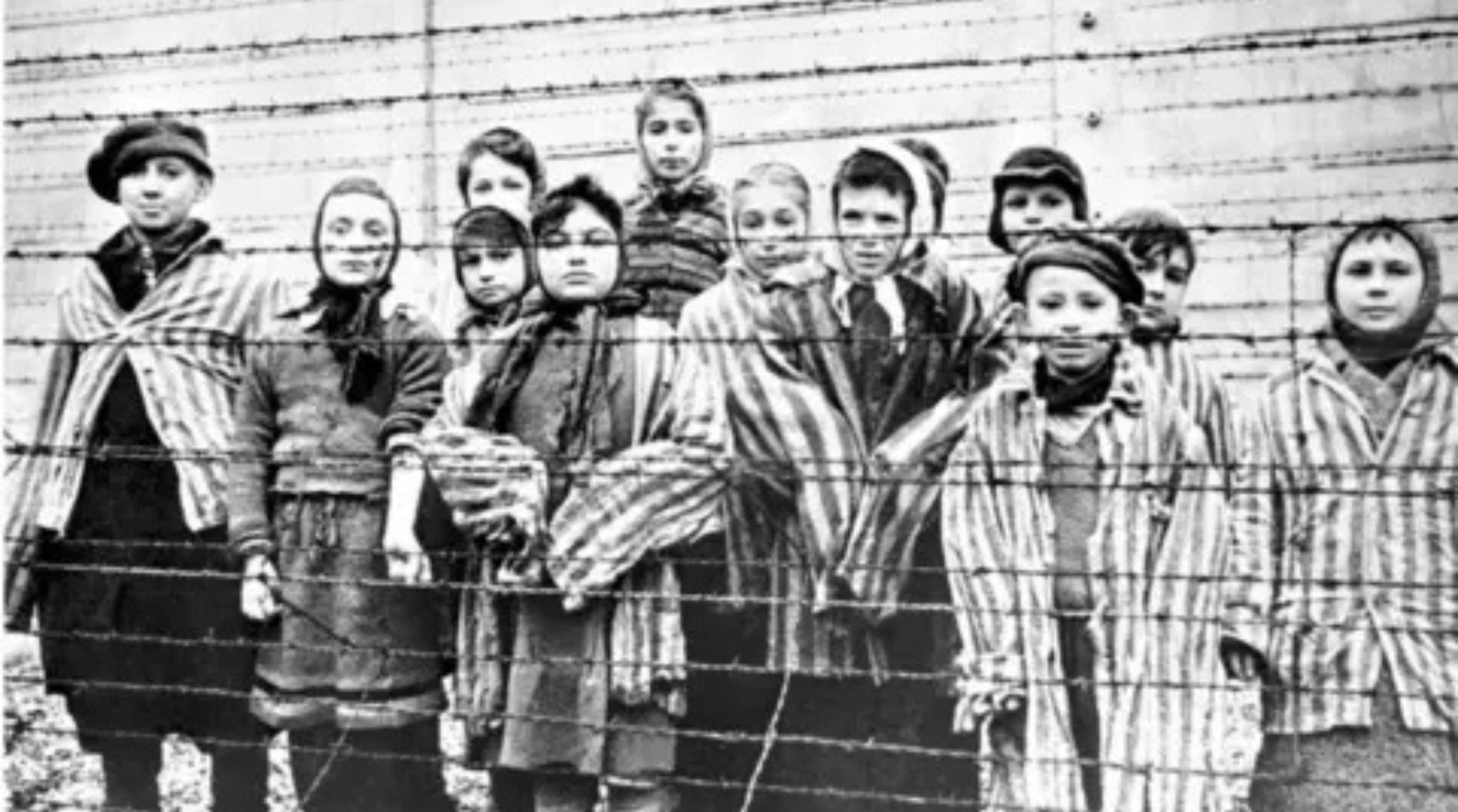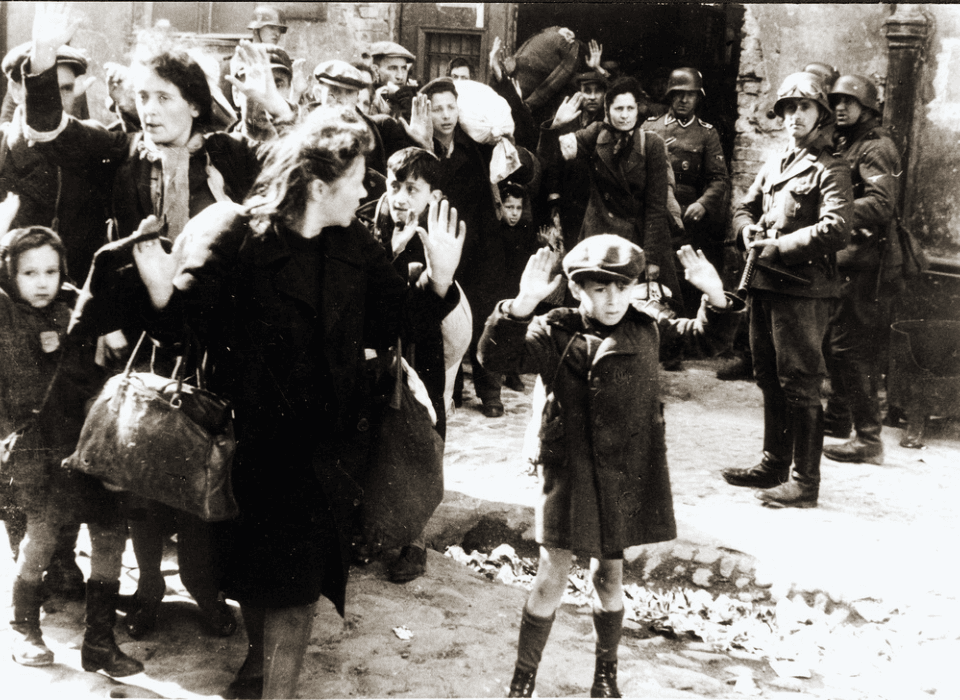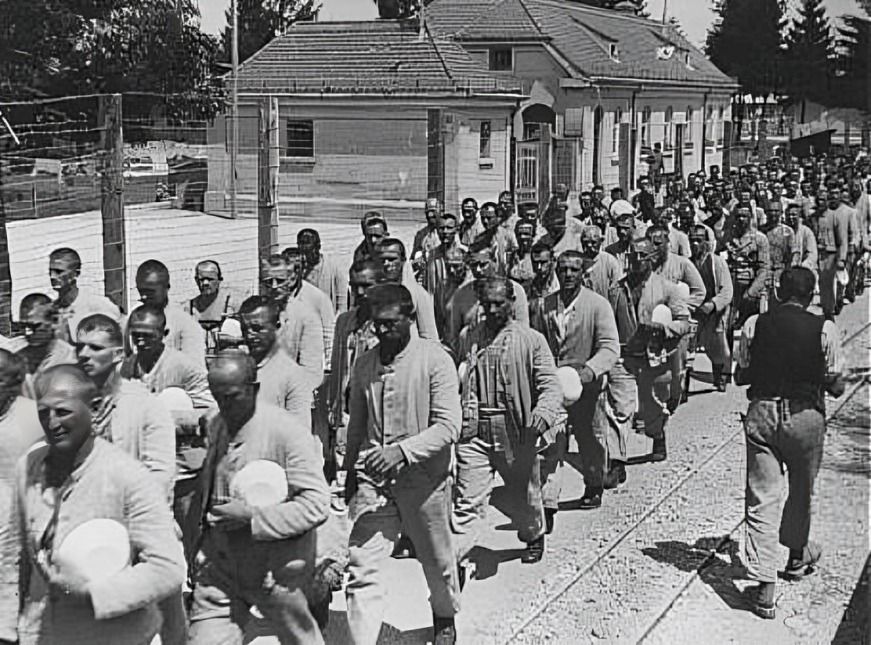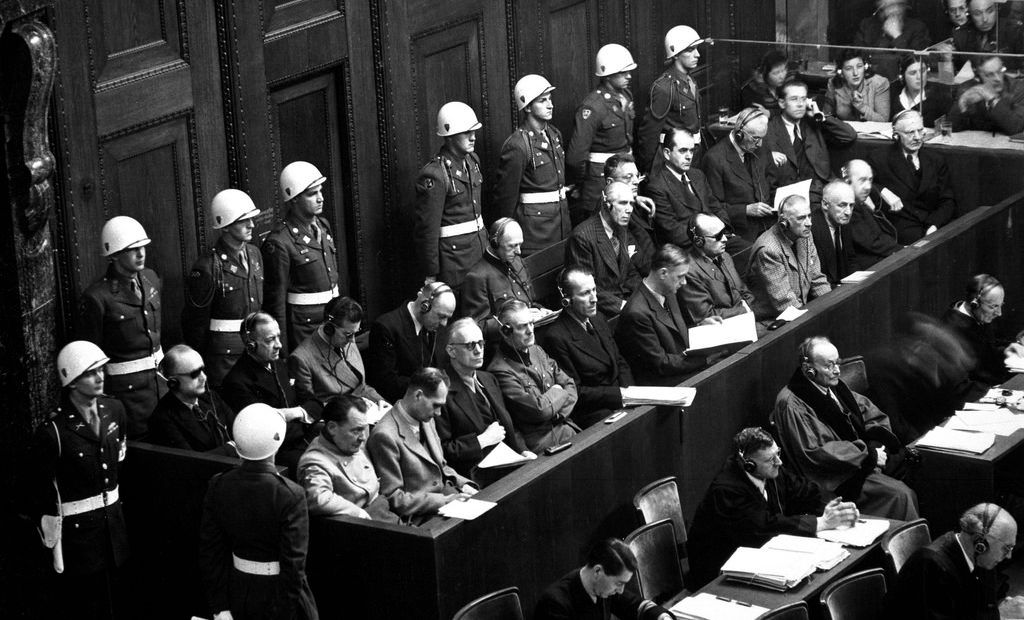
“
The Holocaust remains one of the darkest chapters in human history, with its profound impact still felt across the world today. Understanding this tragic event is essential to honoring the memories of the millions who suffered and ensuring that such atrocities are never repeated. In this blog, we explore 20 fascinating facts about the Holocaust, shedding light on its historical context, key events, and the stories of resilience amidst unimaginable adversity. These facts aim to educate and inspire reflection on humanity’s shared responsibility to promote tolerance and understanding. Let’s delve into these critical insights from history.1
”
Over 1.5 million children, including infants, were among the victims of the Holocaust, showcasing the horrifying extent of Nazi brutality that targeted families across Europe. 1
The Holocaust’s largest death camp, Auschwitz-Birkenau, was a chilling epicenter of systematic genocide, where over 1.1 million people were killed through gas chambers, starvation, and forced labor. 2
Resistance against the Nazis was fierce despite dire conditions; the Warsaw Ghetto Uprising in 1943 saw Jewish fighters defying German forces to protect their community from deportations. 3
The Nazis exploited their victims economically, seizing possessions like jewelry and clothing and even repurposing human hair for industrial use, underscoring the regime’s dehumanizing practices.4
The Einsatzgruppen, Nazi mobile killing squads, carried out mass shootings across Eastern Europe, executing over two million Jews and burying their bodies in unmarked graves scattered throughout forests and fields. 5

Ghettos, overcrowded and plagued by disease, were places where millions of Jews were forced to live in dire conditions, eventually leading to their deportation to death camps like Treblinka and Sobibór.
The liberation of Nazi concentration camps exposed the full scale of the atrocities. Majdanek was the first camp discovered by Soviet forces in 1944, followed by Auschwitz and others in 1945. 6
The Nuremberg Laws, enacted in 1935, legalized anti-Semitism in Nazi Germany, stripping Jews of their citizenship and legal rights, thus enabling the systematic persecution and dehumanization that led to genocide. 7
Anne Frank’s diary, written while in hiding with her family in Amsterdam, remains one of the most poignant and influential personal accounts of life under Nazi oppression during the Holocaust. 8
The Nazi regime conducted horrific medical experiments on camp prisoners, including children, under the guise of science, with Josef Mengele’s experiments becoming infamously known for their cruelty.9
Aktion Reinhard, a covert Nazi operation, established extermination camps in Poland like Treblinka and Sobibór, using industrialized methods to systematically kill millions of innocent victims during the Holocaust.10
The Universal Declaration of Human Rights, adopted in 1948, drew heavily from the Holocaust’s lessons, aiming to protect human dignity and prevent genocides and atrocities worldwide in the future. 11

Dachau, originally built as a detention camp for political prisoners, later became a site of brutal medical experiments and mass killings, reflecting the Nazi regime’s growing inhumanity during the war.
Holocaust denial remains a persistent issue globally, but efforts like educational programs and institutions, including Yad Vashem, work tirelessly to preserve truth and honor victims for future generations. 12
The term "genocide" was coined by Raphael Lemkin in response to the Holocaust, highlighting its unprecedented scale and inspiring international frameworks for preventing similar atrocities. 13
Righteous Among the Nations is an honor given to non-Jews who risked everything to save Holocaust victims, recognizing unparalleled courage and compassion during history’s darkest chapter.14

The Nuremberg Trials, held after World War II, prosecuted top Nazi officials for crimes against humanity, setting a legal precedent for addressing genocide and holding leaders accountable.
The Nazis employed Zyklon B gas in Auschwitz’s chambers, a horrific innovation enabling the mass extermination of countless victims with chilling efficiency that stunned the world. 15
Beyond targeting Jews, the Holocaust claimed the lives of Romani people, disabled individuals, political prisoners, and others, amounting to over 11 million victims in a campaign of hatred.16
Holocaust memorials, including the Berlin Memorial and Auschwitz Museum, continue to educate millions worldwide, ensuring the tragedy’s lessons inspire future generations to fight hate and injustice.17


